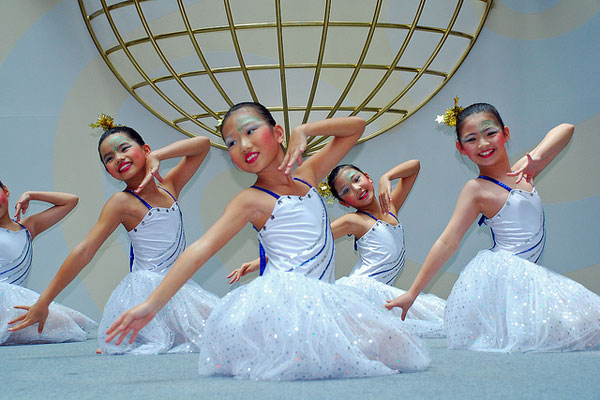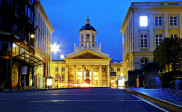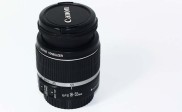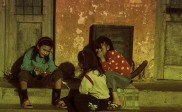How to Photograph Live Stage Performances
Photographing stage performers is an excellent way to document the performance, and provides valuable stills for advertising, to use in programs, or to save for nostalgia’s sake. However, photographing a stage performance presents a unique set of challenges because the stage lighting, constant movement and sometimes awkward angles can make getting a great shot a challenge.
Watch the performance first
Part of what is hard about taking pictures of a stage performance is the unpredictability of the movements. Watch either a full performance or a rehearsal in advance of taking photos for the full production. Make a list of the shots you want to get, and where they will occur. This will allow you to more around as needed to get the best possible shots, and make sure
you don’t miss the moments you most want to capture.
Turn the flash off
There are a great number of reasons to turn off the flash. First, it shows respect for those who have paid to see the performance who do not want your bulb flash to interrupt their concert going experience. It also slows your shutter speed so that your camera can use the stage lights to the image’s benefit. Finally, it prevents overexposure which can occur if the flash and stage lights bleach out the main object of your shot.
Adjust camera settings
Adjust your camera settings so that you are using the highest possible ISO without degrading the image. You will have to experiment with this prior to the actual performance. Generally the higher the ISO speed the grainier the image will be and the less noise reduction the camera will perform. Set your camera to shoot in “A” mode, making aperture your first priority.
Zoom in
Some of the most emotional and impactful still shots of a production are very close up. They capture the drama of the scene, and the emotive performance of those on stage. Use no less than a 75-300 mm lens when shooting a stage performance, and don’t be afraid to break the rules of composition and cut off the top of a head to get an image that is full of feeling.
Sit off center
Often catching a slight profile of a performer is a better shot than a straight on photograph, so try to take most of your pictures from one side or the other. This also prevents your pictures from being split by the microphone stand or its shadow. For the best results, take pictures from a variety of locations around the stage. This may only be possible if your take your pictures at a dress rehearsal, where the crowd is not a concern.
Take lots of images
Your images should not reproduce the plot of the performance, but they should tell the performance’s story. You should take enough images to capture the full cycle of emotions that occur during the performance. Performers will express joy, pain, excitement, silliness, and even exhaustion in moments of rest. Try to capture each of these in their turn. Also, make sure that your photographs present a valid representation of staging time. Main players in the event are on stage more, but the extras, band members, and even stage crew are essential to the show’s success. Capture images of all those involved to create a photo collection that is truly representative of those involved.




